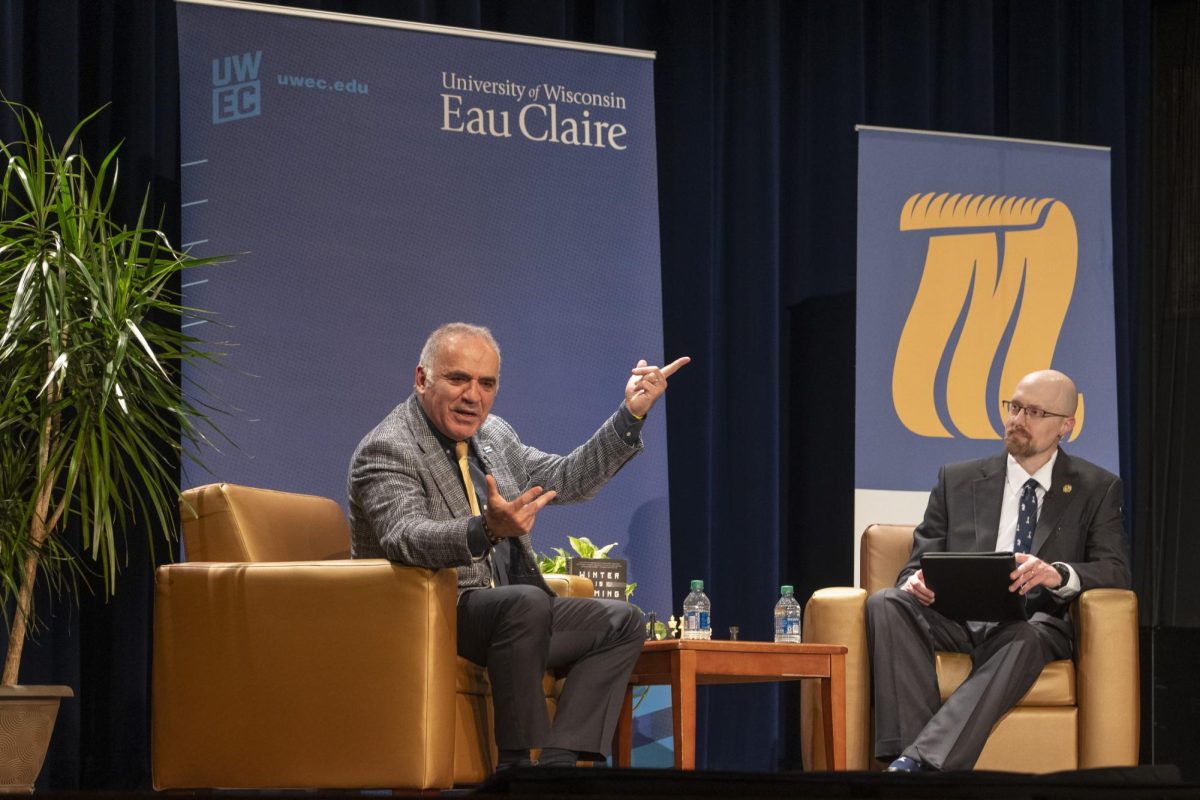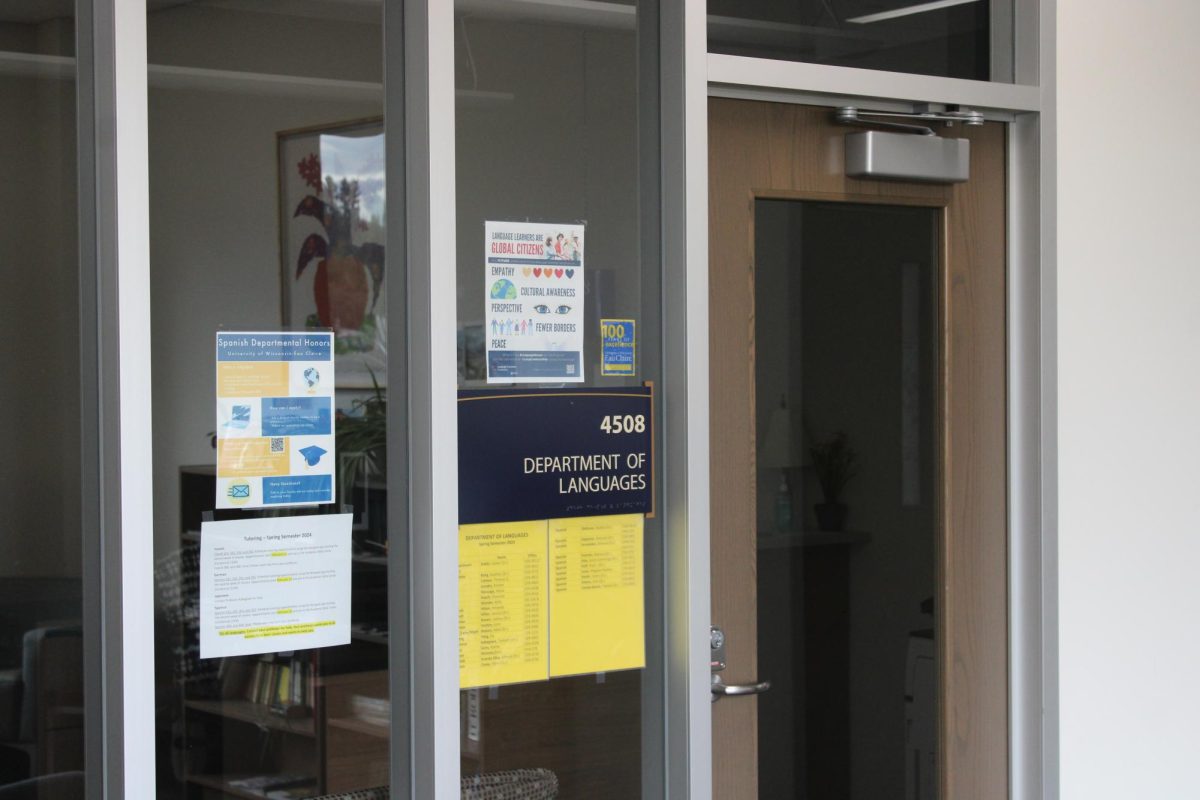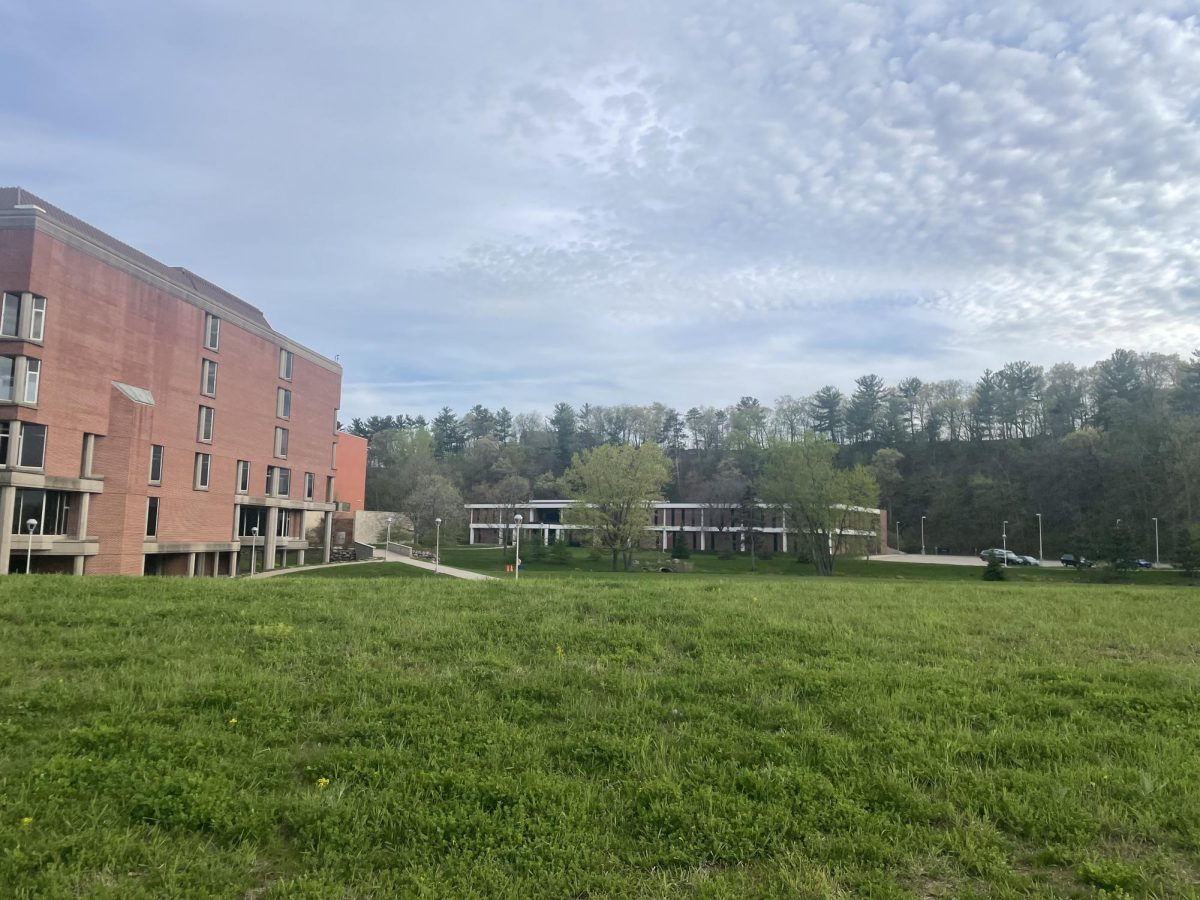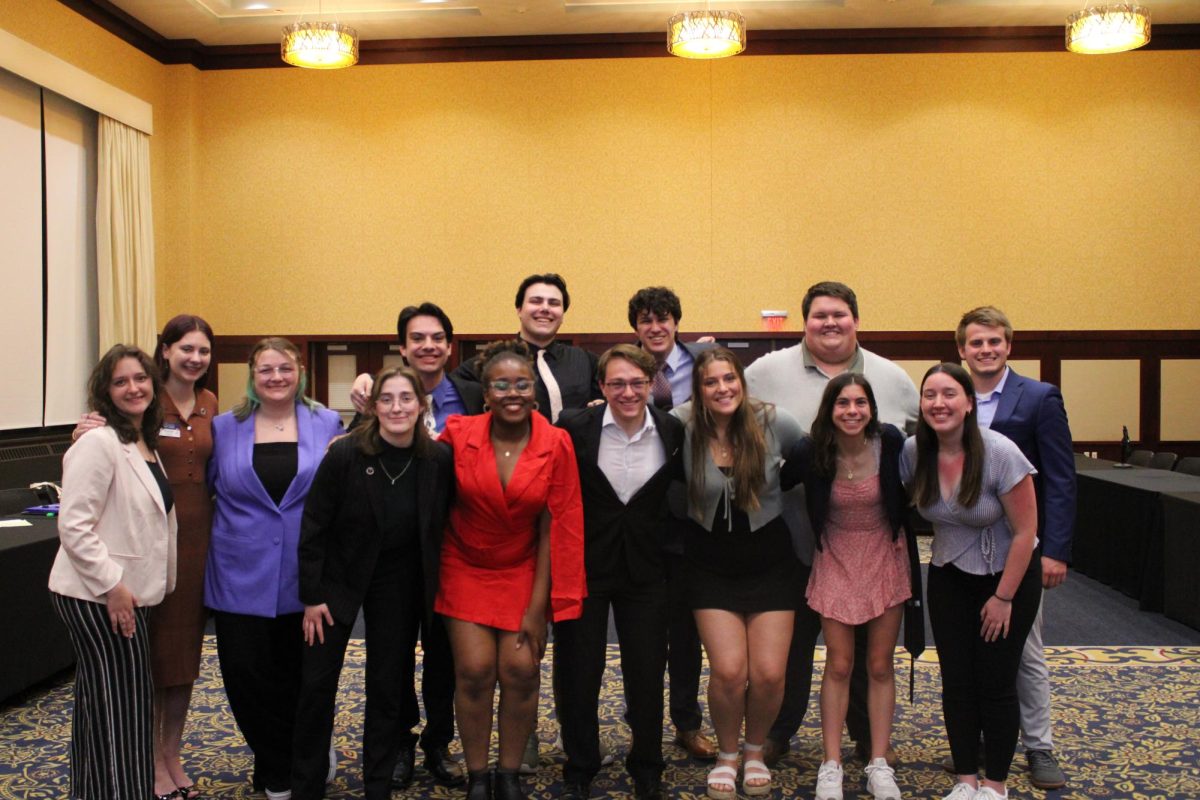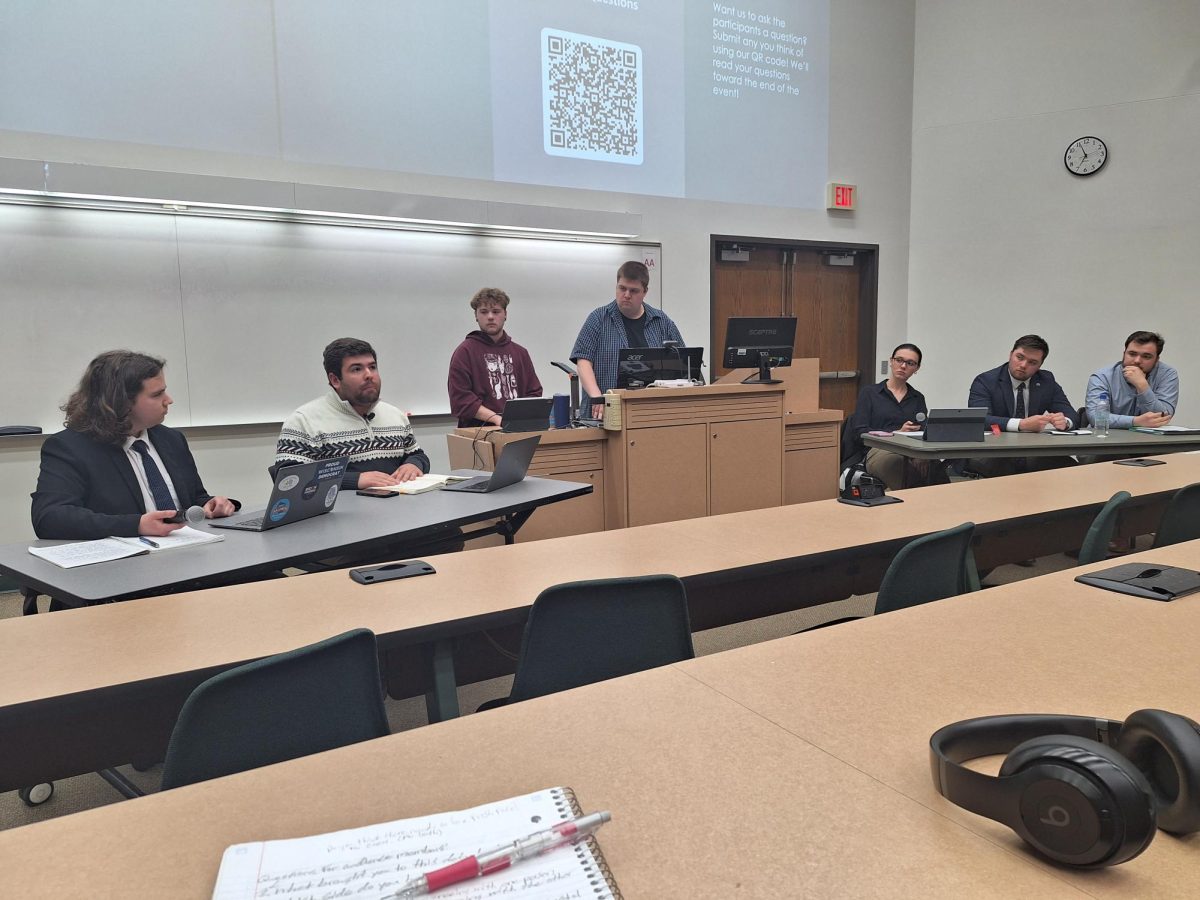 Aaron Vehling
Aaron VehlingFreshman Stephen Mascitti got a surprise when he tried to buy dinner for a friend after winter break.
Mascitti has the 14-meal plan, which, unlike the declining option, guarantees students 14 meals per week. Until the beginning of spring semester, students could use those meals at any time.
But as Mascitti discovered, this is no longer the case. Now, students are allowed to use their card only once during each of the four designated “meal periods,” including breakfast (7 to 10:30 a.m.), lunch (10:30 a.m. to 4 p.m.), dinner (4 to 8 p.m.) and late-night (8 p.m. to midnight).
| The four “meal periods” for the 10- or 14-meal plans: Breakfast: 7 to 10:30 a.m. Lunch: 10:30 a.m. to 4 p.m. Dinner: 4 to 8 p.m. Late-night: 8 p.m. to midnight |
The one-meal-per-period limit originally was to be enforced during fall semester when Sodexho took over the dining services at UW-Eau Claire, said Mitch Kilcrease, director of University Centers and Programs.
But an error during fall semester meant the limit wasn’t enforced, Kilcrease said. Rather than begin enforcing the limit during the middle of the semester when the error was caught, the university and Sodexho chose to wait until after winter break.
Students were well informed of the new limits, Kilcrease said. Efforts to get the word out included e-mailing students, sending out fliers, putting up posters and informing RAs and hall directors, he said.
Despite this, Mascitti said he didn’t know about the change at the start of spring semester.
“I didn’t see a sign (about the limit) until a week later,” Mascitti said. “I was definitely not aware of it before break.”
At the beginning of the semester, students were given an extra week to switch to the declining option if they wanted it, Kilcrease said.
Despite some negative feedback students have been voicing about the limit, only five switched from a fixed 10- or 14-meal plan to the declining option, Dining Services director Gary Prellwitz said.
Currently, 575 students have either the 10- or 14-meal fixed option, whereas about 2,800 students have the declining plan.
The declining option offers students maximum flexibility, but the 10 and 14-meal fixed plans are a better value, Kilcrease said. The 10- and 14-meal options lower operating costs for Sodexho, he said.
This is due to what Kilcrease calls the “missed meal factor.” Sodexho can more accurately predict when students will use their meals, and, therefore, doesn’t staff as many people, he said.
The one-meal-per-period limit wasn’t the only change made in dining service over the break.
Based on student suggestions, Spitfire Grill has replaced Sky Ranch Grill in Davies Center, Prellwitz said. Sodexho made the change to offer a wider variety of options, including different sandwich and fried food choices, he said.
Sodexho also added Pacific Traders, which offers oriental cuisine, and began selling sushi.
It’s been difficult to gauge students’ opinions of the changes thus far, Prellwitz said, but Sodexho always welcomes student feedback.
“We really want student input,” he said. “I’d like to get more.”
One way students can offer input is to attend weekly food committee meetings, Kilcrease said.
The food committee meets at 4 p.m. on Tuesdays in the Clearwater Room of Davies Center.
Mascitti, a member of United Hall Council, has been attending the committee meetings. He said it’s made a difference in terms of student complaints from fall semester.
“I know Sodexho (took the complaints seriously),” Mascitti said. “I’m not too sure about the university.”

